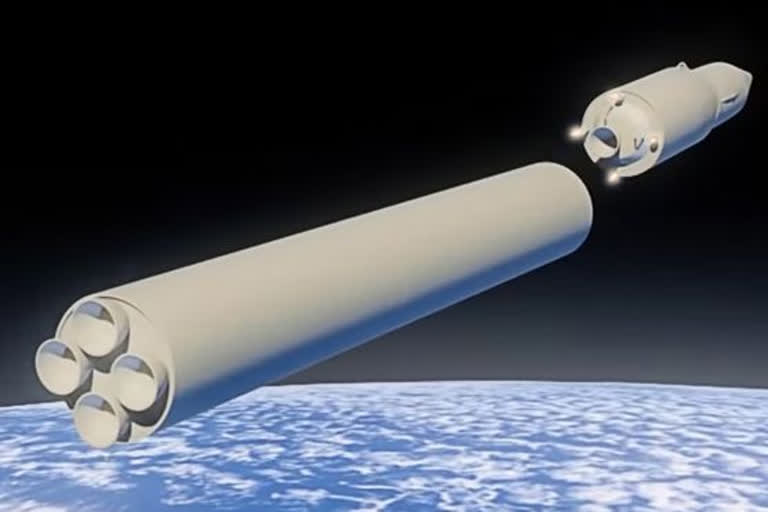New Delhi: Hypersonic weapons are the new buzzword among militaries across the world. Touted as hi-tech game-changers that will change the very nature of warfare, among the many things they will directly impact is to make redundant a wide range of conventional air defence systems.
That is why, with so many powerful nations trying to build the unstoppable hypersonic weapons, there is talk of a new arms race in the offing—far more threatening than the world has ever seen.
And part of the problem is that they are being developed at a very fast pace with Russia having already started its deployment, while the world leader in this military technology is China. The US is not too far behind. India too is not too far behind in the race for hypersonic weapons. As are France, Australia, Japan and Germany.
Which is why one can question India's rush to buy not just the Russian S-400 system but also the US Integrated Air Defence Weapon System (IADWS) or the National Advanced Surface to Air Missile System II (NASAMS-II) that the US State Department has just this week okayed for sale to India.
While the S-400 Triumf surface-to-air medium and long-range anti-aircraft missile system is being bought from Russia at a cost of Rs 40,000 crore, the IADWS will cost about Rs 13,000 crore.
The S-400 is touted as a 'one-size-fits-all' game-changing weapon. One of the most powerful missile systems in existence, it can counter the complete range of airborne threats including bombers, stealth fighters, missiles and drones at a range of up to 400 km and upto 30 km altitude and a capacity to engage up to 36 targets at one time.
On the other hand, the IADWS is cutting-edge when it comes to protecting populated urban centres and would presumably be applied to throwing a protection ring around the national capital city Delhi.
Read: Propelled by Budgam tragedy, joint air defence command to be up by July
The main distinguishing features of hypersonic weapons—which are projectiles loaded with warheads, conventional or nuclear—are incredible speeds, pinpoint accuracy and easy maneuverability. It is the enormous speed and capacity to fly at low altitudes that enable a hypersonic weapon to evade detection making them near invincible.
The speed of sound is about 1,236 km per hour which is also called Mach 1. Any object that that surpasses Mach 1 causes a 'sonic boom' and is said to have attained 'supersonic' speed. Speeds more than Mach 5 are termed 'hypersonic'.
On the other hand, reports say the latest research on hypersonic missiles involve speeds that cross Mach 20 or 24,720 kmph. It means such a missile launched from New Delhi will take just over a minute to reach Islamabad and about half an hour to reach New York.
The US is actively pursuing development of hypersonic weapons although it has not openly declared so. The US army, navy, air force and DARPA (Defense Advanced Research Projects Agency) are all engaged in the projects in accordance with their specific requirements.
On December 27, 2019, Russian defence minister Sergei Shoigu confirmed that the first regiment of 'Avangard hypersonic glide vehicles' had been deployed at 10:00 Moscow time, terming it a 'landmark event'. The deployment is suspected to be somewhere in the Urals.
Two months back, on October 1, 2019, China had already displayed its operational DF-17 hypersonic missile during the 70th anniversary of the People's Republic of China.
Not surprisingly therefore, the invincibility of hypersonic missiles has led many analysts to argue that urgent measures that mitigate risks or prevent proliferation are the need of the hour for preserving strategic stability. Not to speak of the redundancy of existing air defence systems.
Read: Indian Army to soon have its very own satellite, an 'eye in the sky'




